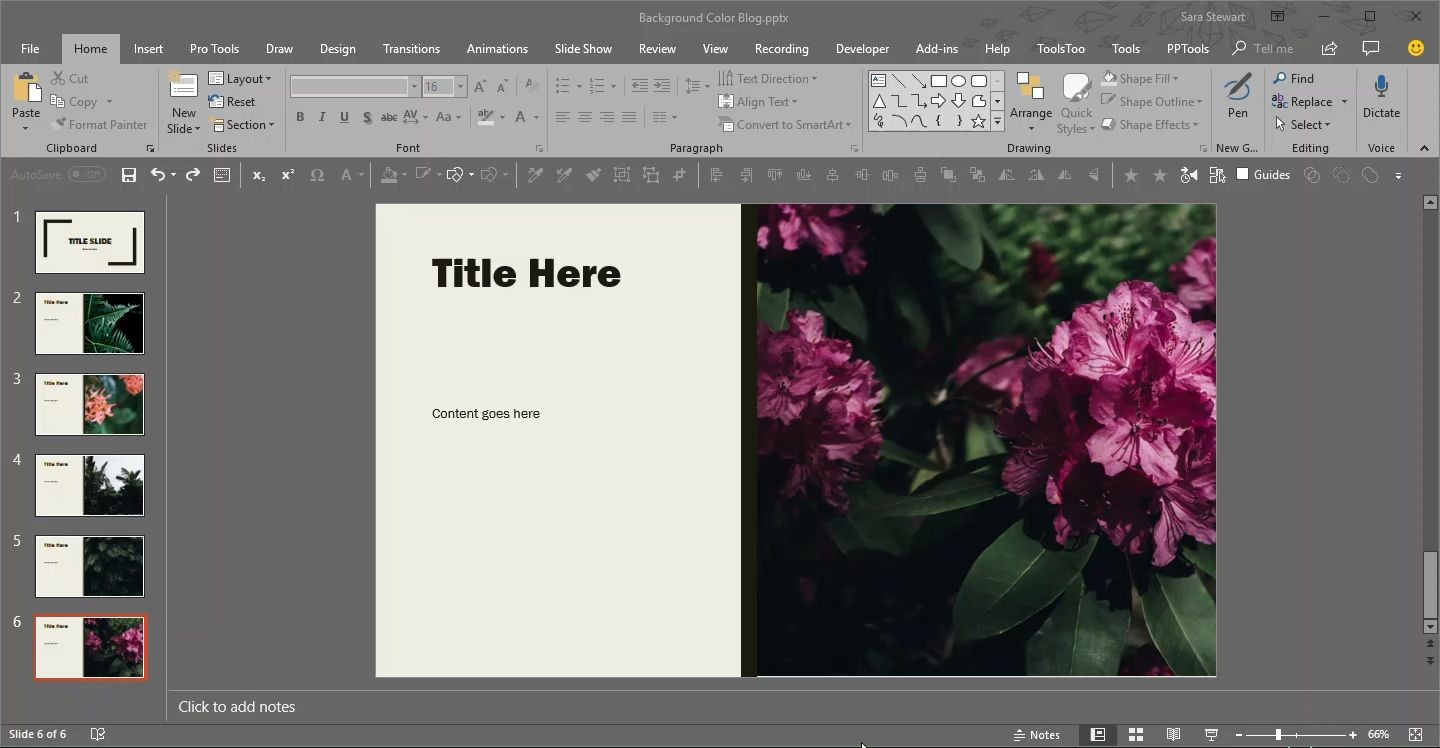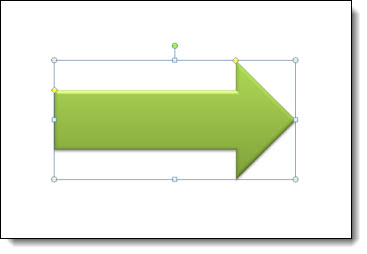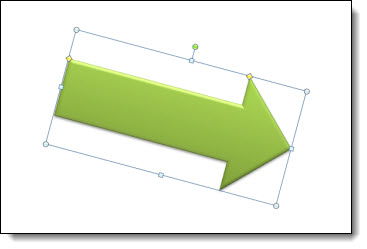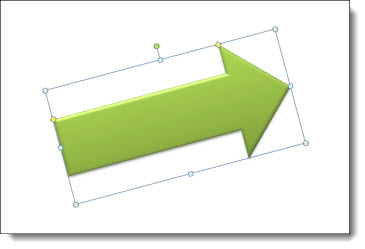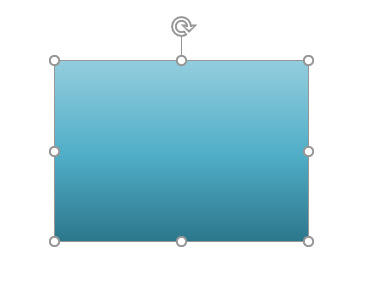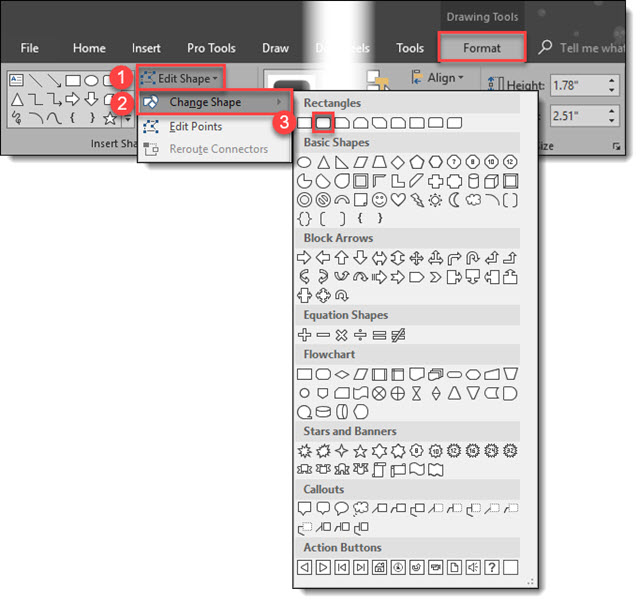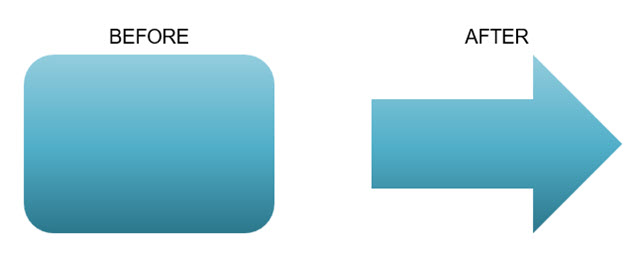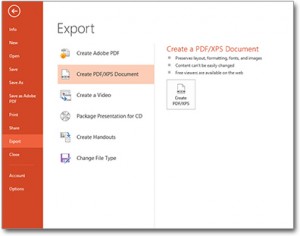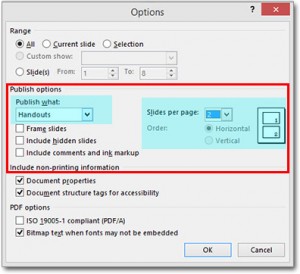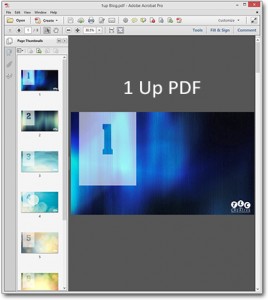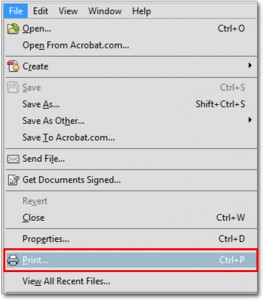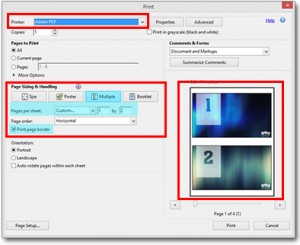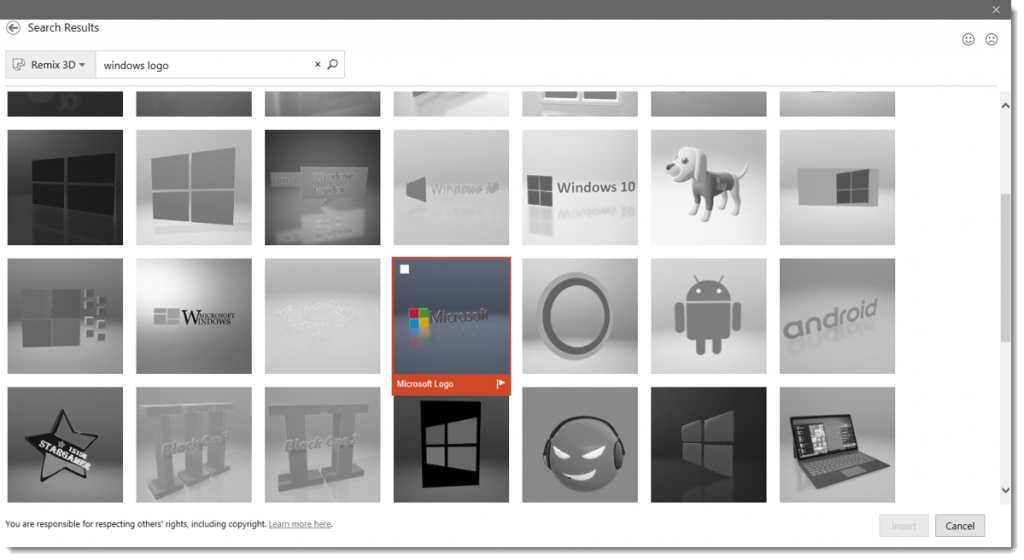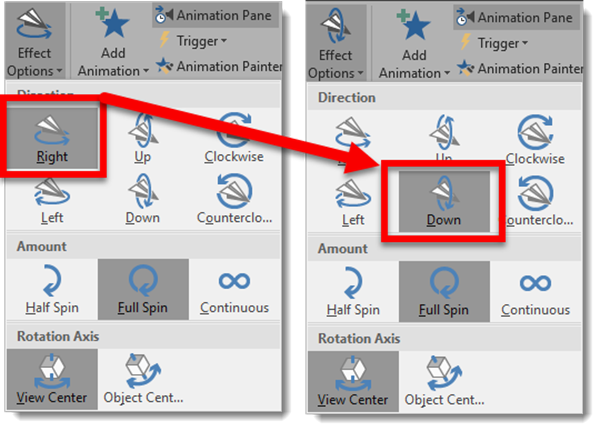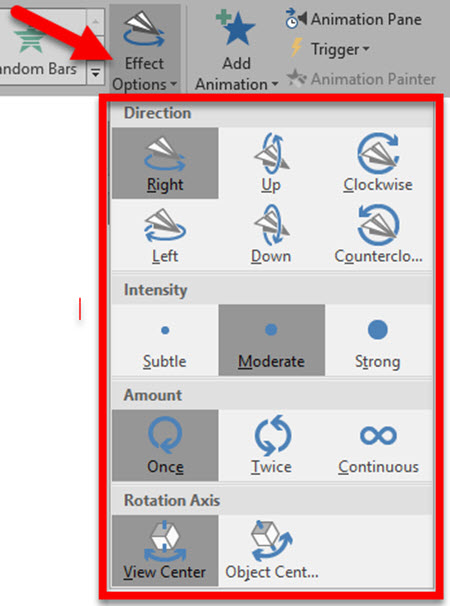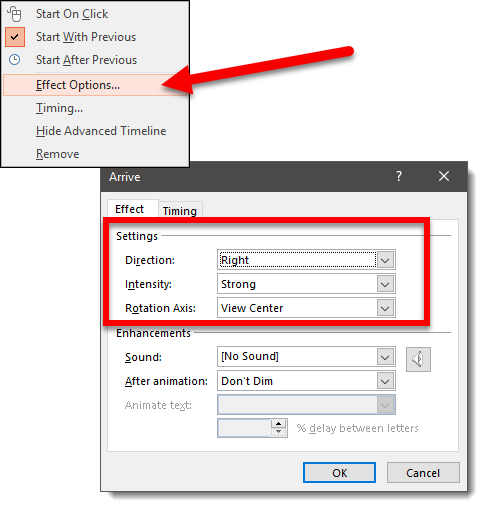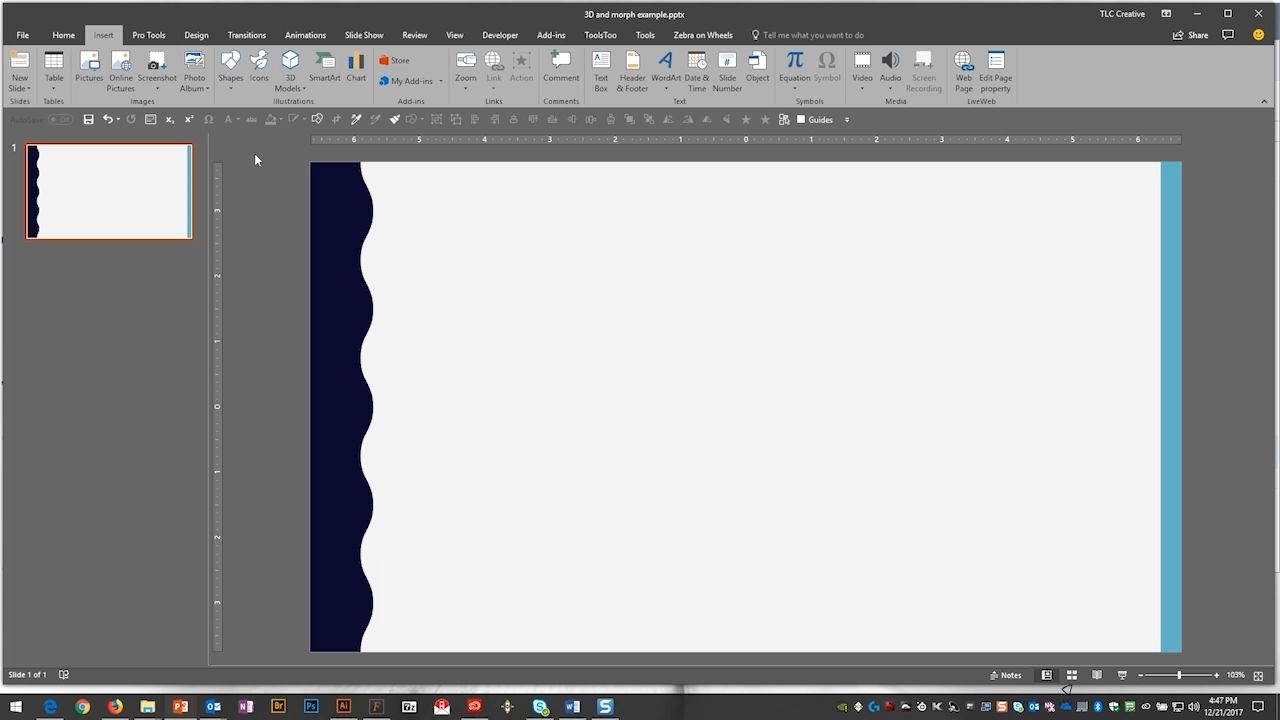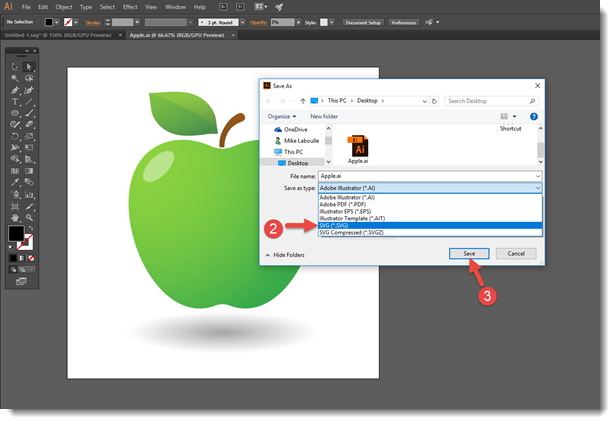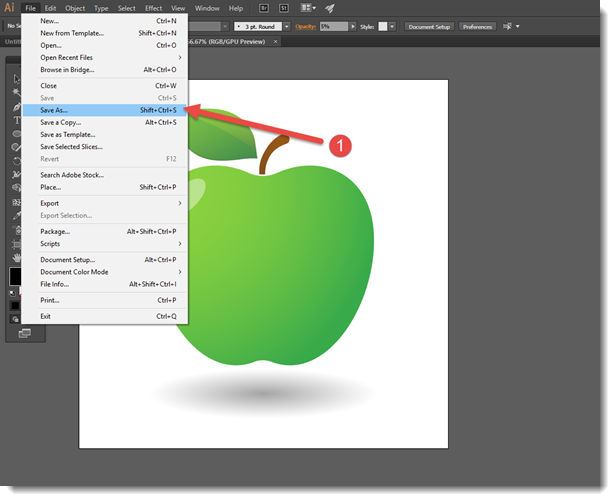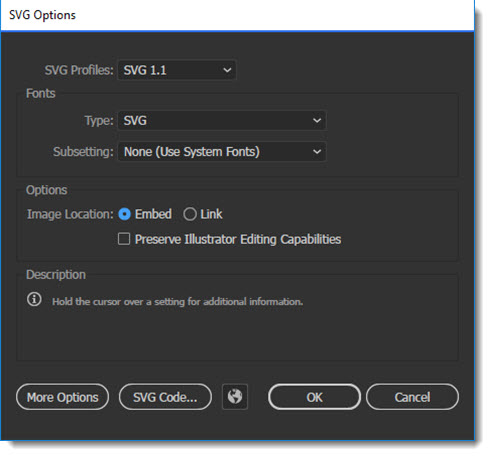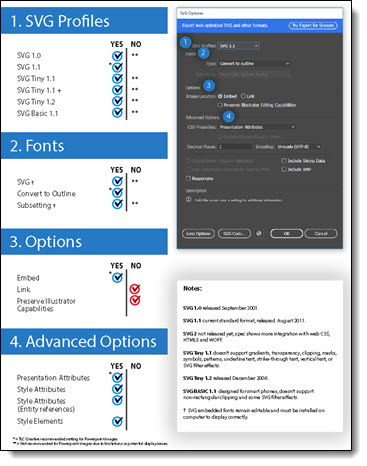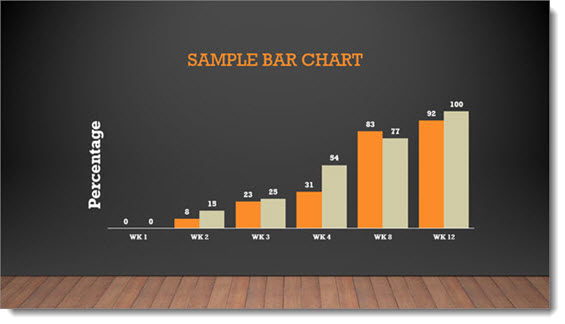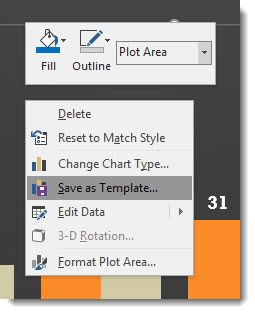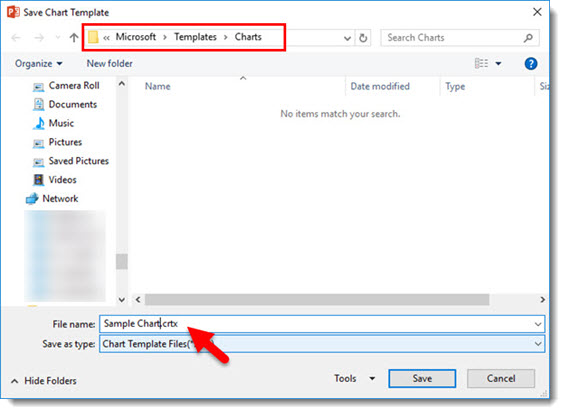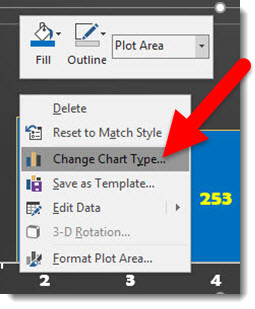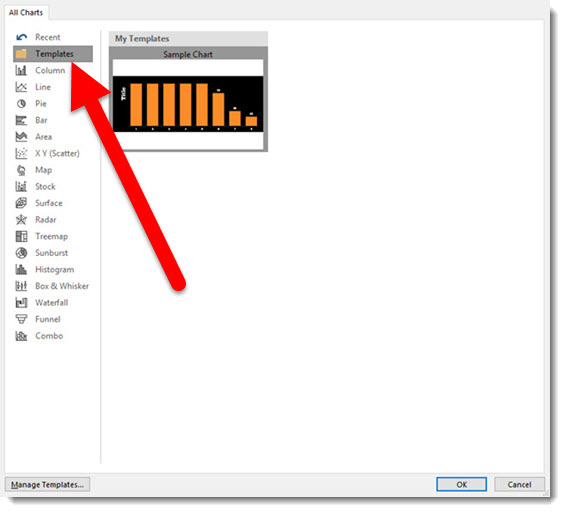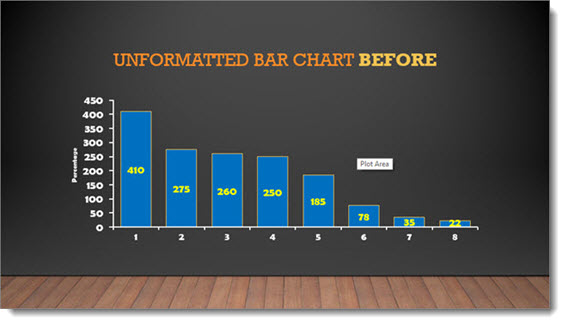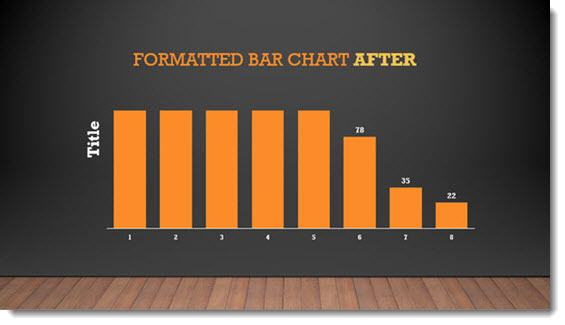The 3D models in PowerPoint are vector art, so they can be resized from very small to very large with no quality loss (just like PowerPoint shapes, text, .emf or .svg image). 3D models when selected have the standard resize and rotate action points, AND a new 3D rotation icon in the center.
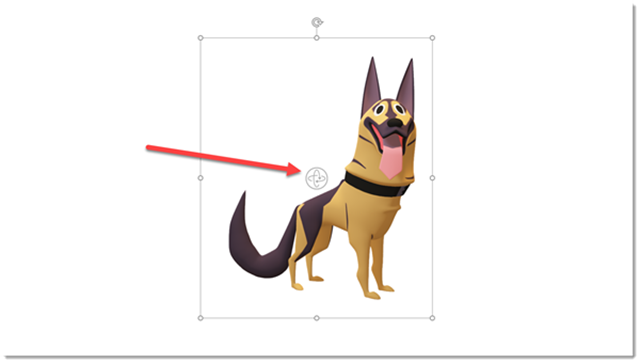
3D models are like a real physical model. They can be viewed from all sides – including from the top or from underneath. Using the new 3D rotation icon a 3D model can be rotated to any angle and view.
[KGVID]https://thepowerpointblog.com/wp-content/uploads/2017/12/unnamed-file-1.mp4[/KGVID]
The PowerPoint ribbon has a new tab just for 3D models. Select a 3D model on a slide and to go 3D MODEL TOOLS. Here are some of the new, and very useful options:
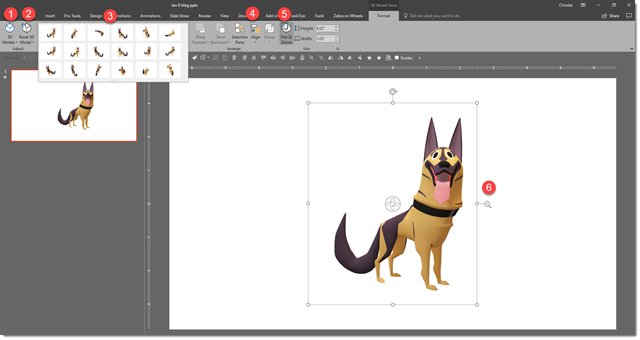
1. “3D Models” is the same as the option on the Insert tab to add new 3D models to a slide (so don’t get confused, it is typical Microsoft Office – multiple ways to do the same thing).
2. “Reset 3D Model” works the same as resetting photos version. Click the button and the model goes back to original view but keeps any resizing or repositioning. Click the down arrow and use RESET MODEL AND SIZE to go back to original inserted view and size.
3. Preset model angles/views. 18 preset views. These are fast to get close to the needed angle, or are great is setting the view of multiple models to all be from same vantage point.
4. The Z order and align buttons are the same tools as found on other tabs (TLC Creative has each of these on our custom QAT).
5. The Pan & Zoom. This one is important. It adds another icon to the selected 3D model.
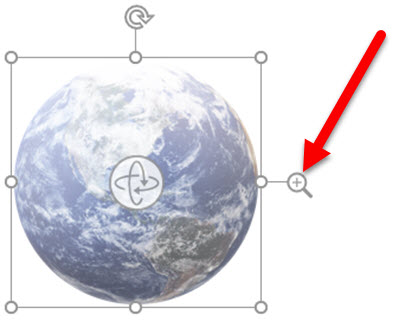
The Pan & Zoom icon “zooms” in or out the 3D model inside its bounding box and also moves the 3D model within its bounding box.
To use, click and hold on the magnifier icon, then move up to zoom in/enlarge or move down to zoom out/shrink. This is different from resizing the 3D model shape because zooming in can make the 3D model too large to fit it bounding box and automatically crops it to the placeholder shape.
The Pan part of the Pan & Zoom tool is moving the 3D model within the placeholder. For example, if we click and drag a 3D model, the placeholder moves position. If we click the Pan & Zoom tool on the ribbon, then click the magnifier icon, then click and drag the 3D model and the model moves inside the placeholder while the placeholder stays in the same position.
[KGVID]https://thepowerpointblog.com/wp-content/uploads/2017/12/unnamed-file.mp4[/KGVID]
Troy @ TLC
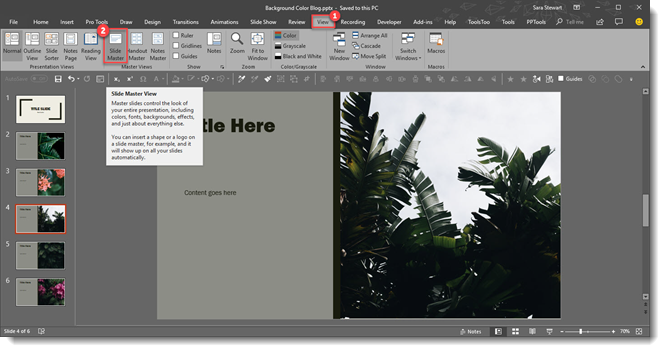
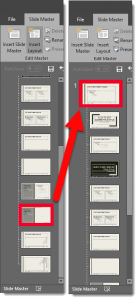
![]()


